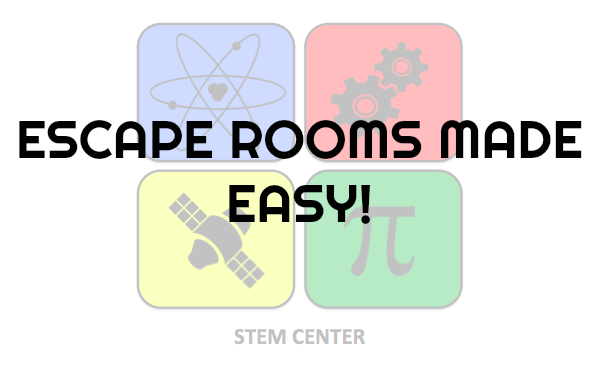
Escape rooms can be overwhelming to think about, let alone planning them out and implementing them in the classroom. Our escape room system is an orderly 5-Tiered plan that you may use to allow your students to learn content, collaborate, and have fun!
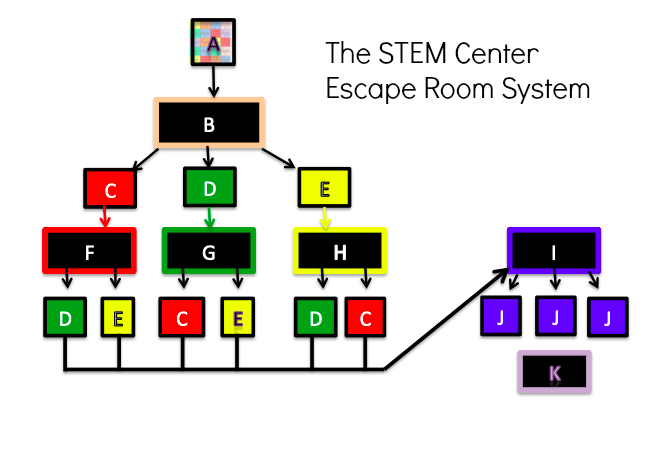
The Escape Room System is easy to implement. We will use the schematic above to walk through the activity. The top block labeled “A” is a puzzle that will focus on the science topic that is chosen. I make three copies of the first challenge and print the answer sheet in three colors; red, green, and yellow. The class is split into three groups. The groups are assigned colors and also corresponding animals.
It is very important that it is emphasized what separates our escape rooms from any others, is that each activity fits into our escape room system. You will be able to gain access to any topic you desire. We are catering to not only a one time user of an escape room, but also teachers who would like to integrate a fun, useful activity into each unit.
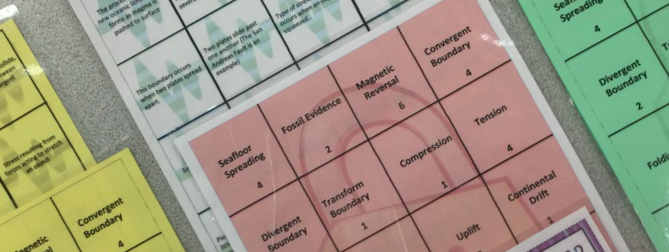
Each team is given a copy printed in their own color. This gives the teams an identitity as they begin unlocking boxes and choosing cards to decipher.
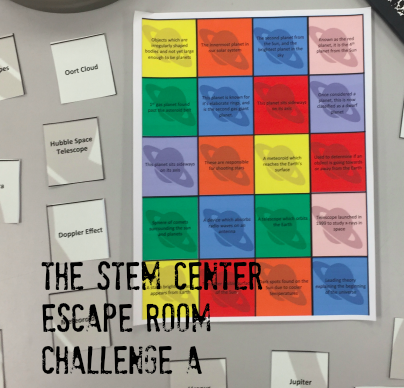
The first challenge given to the three groups is a 20 term vocabulary puzzle that is focused on the chosen science topic. After the students match the terms to their definition, they will face the challenge of deciphering the five number combination lock.
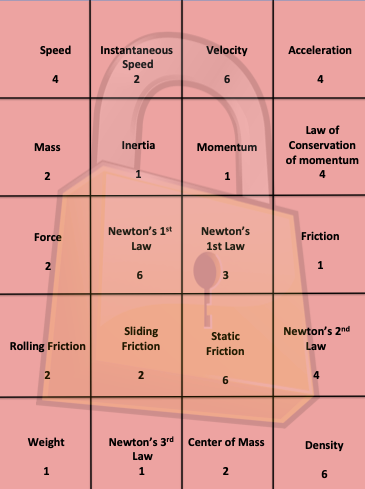
The content of the puzzles and clues come from your unit’s topic. You may choose to introduce the unit with an escape room. This will force the students to research the material. In order to run the escape room in this fashion, the students should have access to science texts, or electronic device that the student may access the internet. You may choose to use the escape room as an assessment. You may allow the students to use their notes in search for the answers to the clues, or you can be hard core and simply give them the boxes, locks, and a time limit!
The students will add the numbers located at the bottom of each answer square in each row. After adding each number, the student will divide the sum by two. This will supply the students with the first combination. This combination opens the Box labeled “B”.
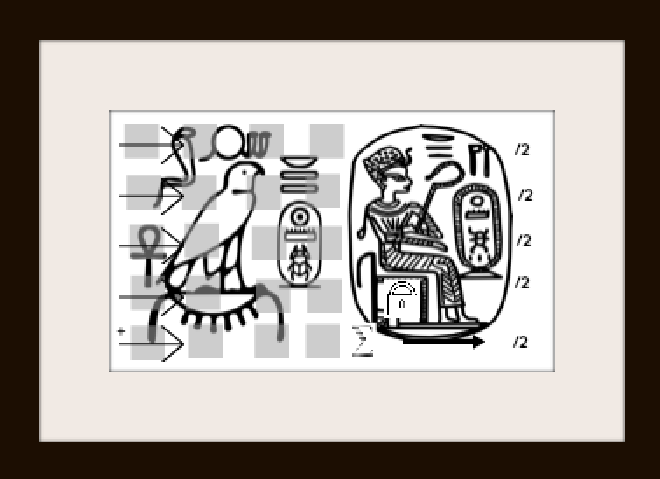
The teacher may supply the students with the very clear instructions, or you may elect to make the Escape Room into an even more FUN & complex puzzle. I hang hyroglyphs on my wall like the one above. The cipher is instructing the students to add the numbers in the rows to find their sum, and then divide by two. These touches to the Escape Room increases student collaboration, and cross circular ciricular discussion about subjects such as history.
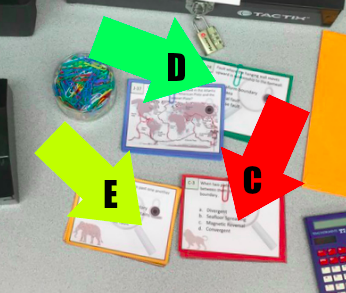
Inside the “B” Box, the Green Cards (D) – AKA – the “Dog Group”, the Red Cards (C) – AKA – the “Lion Group”, and the Yellow Cards (E) – AKA the “Elephant Group” are to be found. Each color coded stack of cards opens a different combination lock.
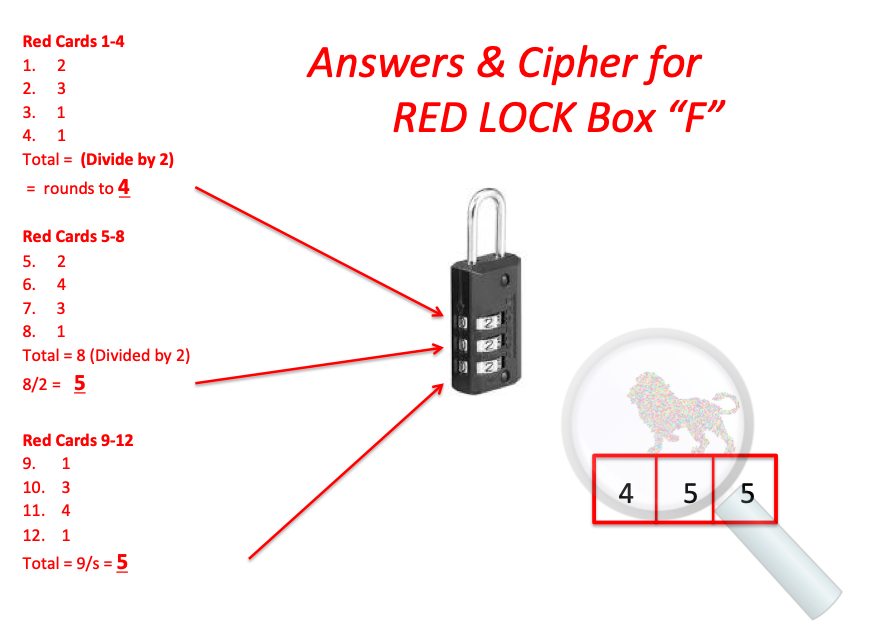
Each card will be accompanied by a Cipher Card like the one above. The teacher may give as many clues as he/she sees fit as to exact way to decipher the answers into the combinations.
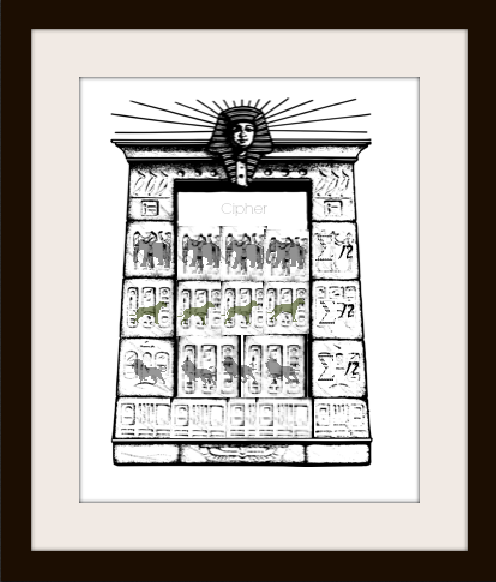
Within my class, I use the above Hieroglyph as the cipher for the Lock Boxes. The students enjoy solving as many puzzles woven into the activity as possible.
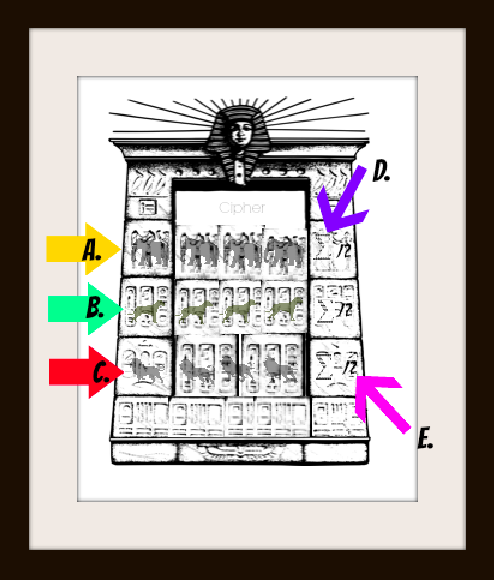
The elephants (A.) are followed by the (D) sum symbol and then divided by two (E.) The same is shown for the dog cards (B), and the Elephant cards (C.).
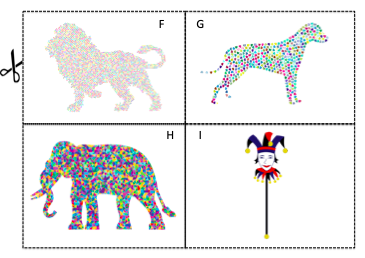
Within my class, we use the same symbols during each of our Escape Room Challenges. This consistency gives a familiar feel to each challenge.
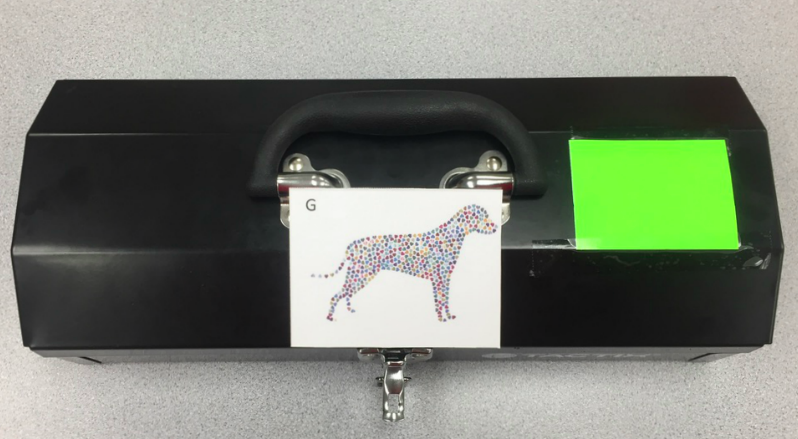
Inside the Green Lock Box is found the Red Cards. After opening the Green Box, the students will open the Red box.
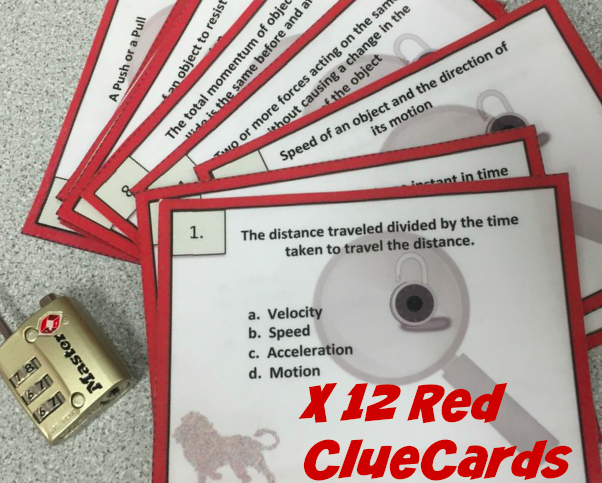
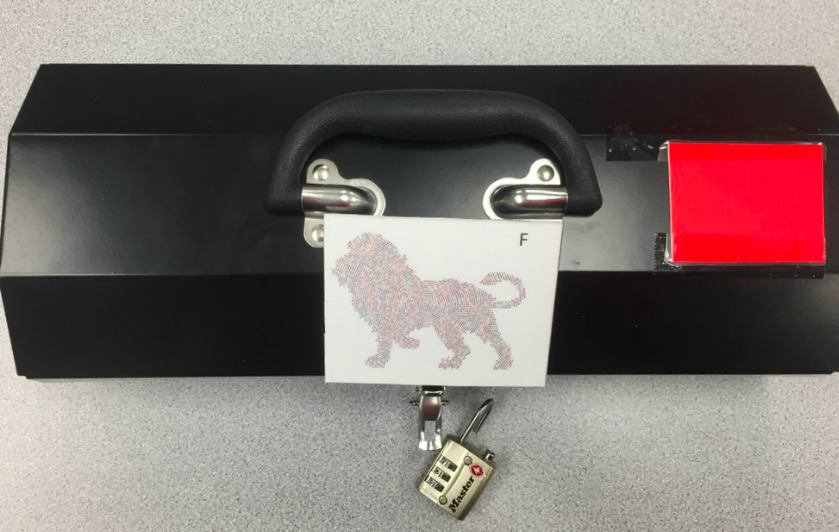
Upon opening the Red (LION) Lock Box, the students will gain access to the Yellow (ELEPHANT) Cards. After answering each clue correctly, and deciphering the combination, the student will then have the code for the Yellow Box.
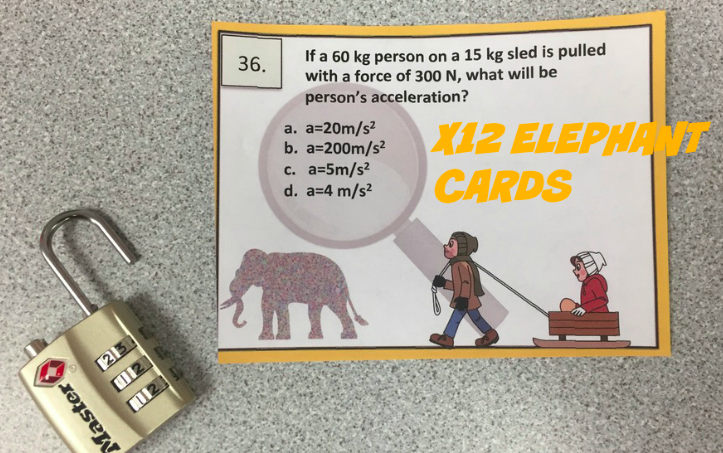
Solving the questions and deciphering the combinations, found on the Yellow Elephant cards, allows the students to open the Elephant Lock Box. This reveals the Green Cards to be solved.
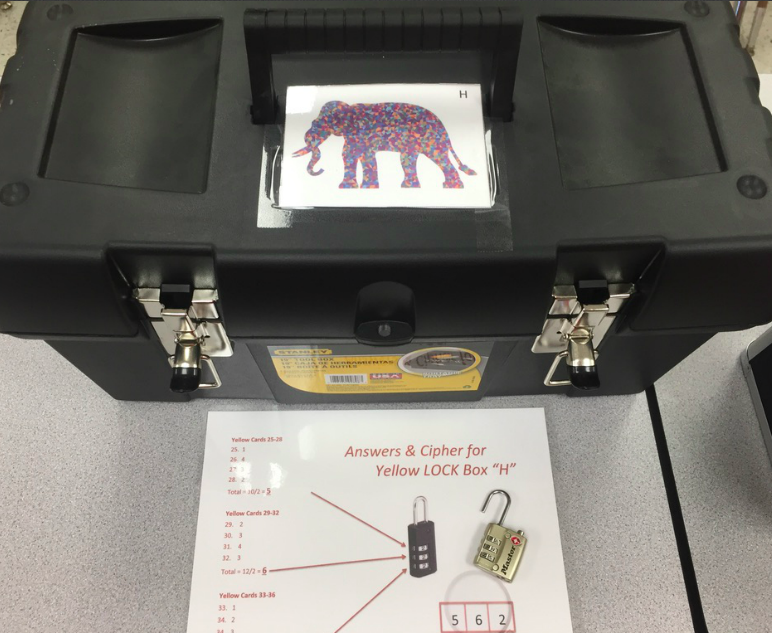
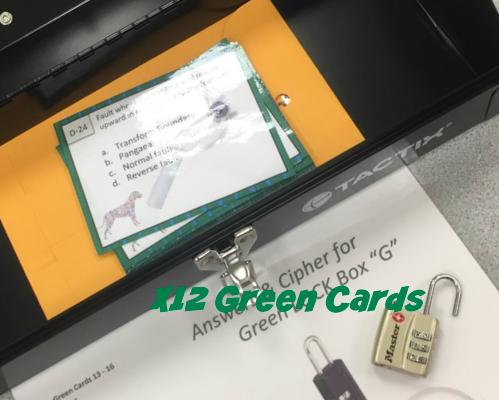
After gaining access to each of the group colored clue cards(GREEN – YELLOW – RED), the students are then instructed to gain access to the JOKER Box. The teacher may give as many clues as he/she sees fit for the deciphering of the JOKER combination.
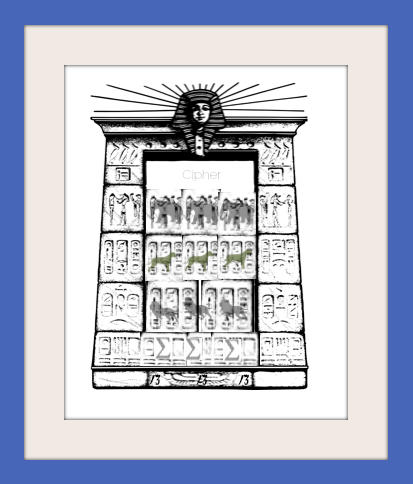
I hang the Cipher above on the wall. The students love these clues!
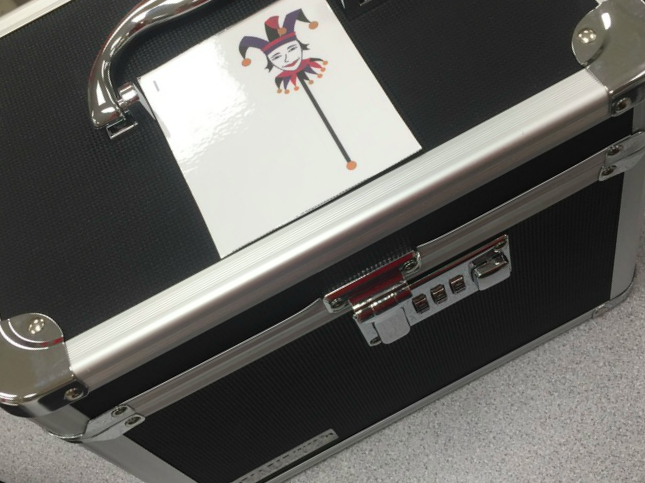
The Teacher is supplied with a deciphering card.
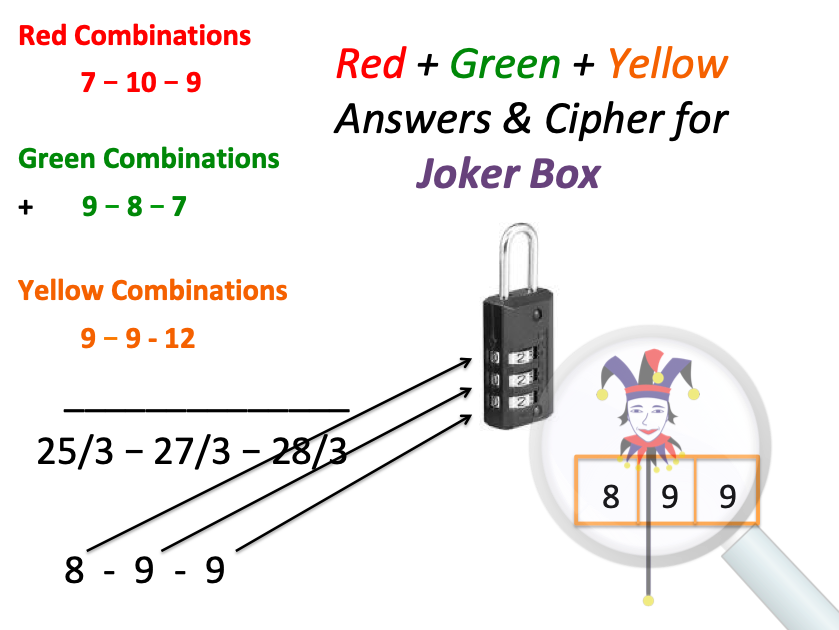
The Blue Joker cards that are revealed hold the combination to the last Lock Box that holds the coveted Homework Waiver!
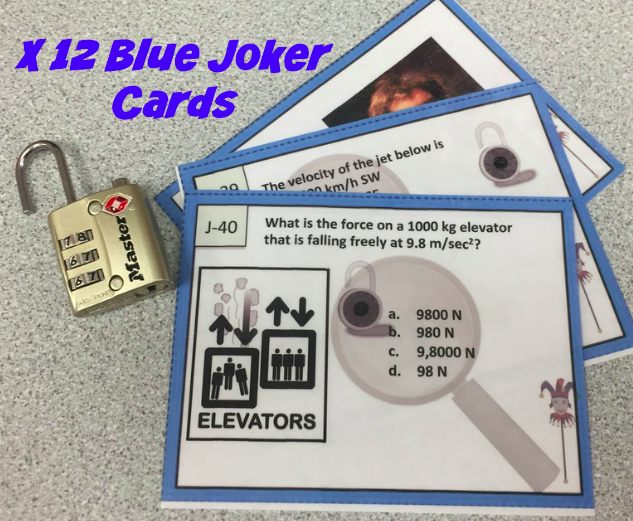
The object of our Escape Room challenges is to receive a homework Pass. The students are motivated by the chance of not having to complete end of chapter questions for homework. You may choose any number of rewards, but I have found that this homework pass motivates students to learn vital vocabulary and comprehend concepts!
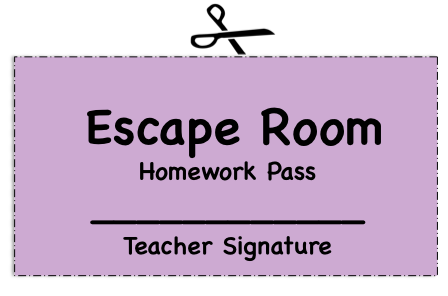
Each Escape Room Activity that you purchase from the STEM Center will provide A. Cipher Keys for the Teacher. B. Student Instructions for the entire activity. C. Puzzle “A” Cipher sheet. D. Teacher Answer Sheet.
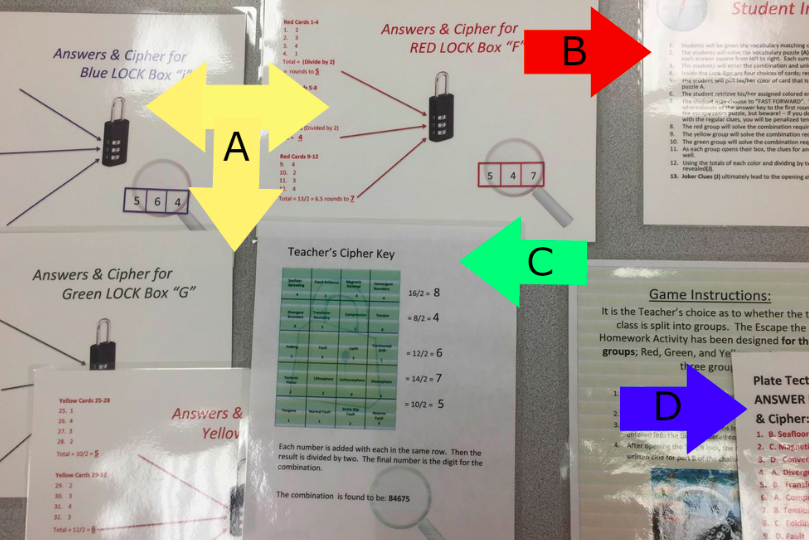
I Love the idea of Escape Rooms, but I do not want to invest money into multiple Lock-Boxes and Locks!

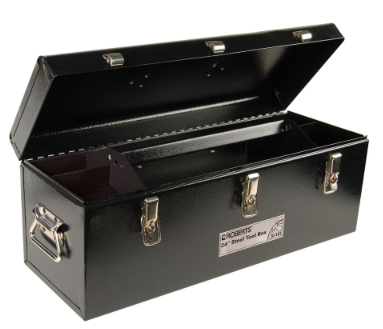
If you do not want to purchase multiple boxes, there are multiple solutions. The first solution is to purchase one box and a multiple lock hasp.
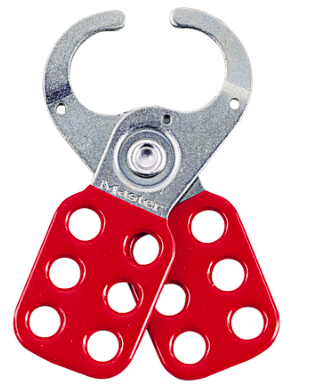
A “SOLO Break-Out Box” may be better for your situation. Instead of multiple boxes, you simply attach the multi-lock hasp and purchase color coded locks. The Locks take the place of each box.
Another approach is to try one of our mini-Escape Rooms!
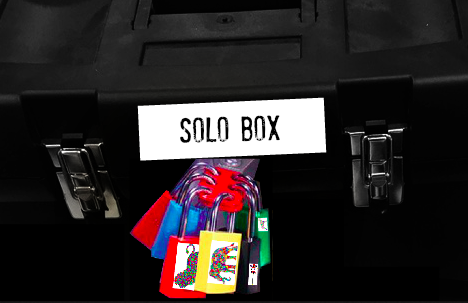
Maybe you do not want to invest in any boxes…
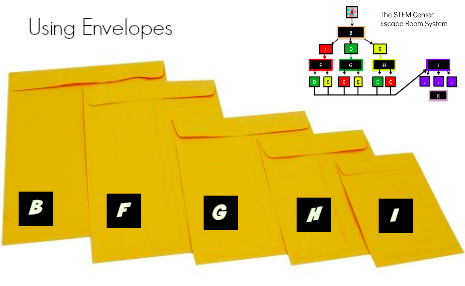
No Problem! – Teachers may use envelopes instead of Lock-Boxes!
We are committed to producing an Escape Room for every science topic. As the Escape Rooms go online, we will link the topics below to our Teachers Pay Teachers Store.
CLICK ON THE LINK BELOW TO FIND OUT MORE ABOUT EACH SUBJECT
Graphing
Laboratory Safety
Balancing Equations
Electromagnetism
Energy Resources
Newton’s Laws



